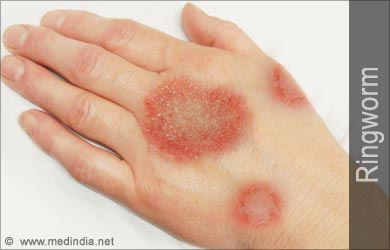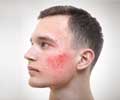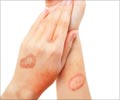- Verma S, Hefferman MP.Superficial Fungal Infections: Dermatophytoses,Onychomycosis,Tinea Nigra, Piedra. In:Wolff K, Goldsmith LA, Katz SI, Gilchrest BA, Paller AS, Leffell DJ editors. Fitzpatrick's Dermatology in General Medicine. 7th edition McGraw Hill Companies 2008.
- Schofield O.M.V, Rees J L. Skin Disease. In Colledge NR, Walker BR, Ralston SH editors. Davidson's Principles and Practice of Medicine. 21st edition Churchill Livingstone Elsevier 2010.
- Ananthanarayan and Paniker's, editors. Medical Mycology In Textbook of Microbiology. 8th edition, Hyderabad, Universities Press(India) Private Limited 2009.
About
What is Ringworm?
Ringworm disease is caused by Tinea which means gnawing worm in Latin. Contrary to the name, ringworm disease causing worm is actually a fungus.
Fungal infections can be superficial, subcutaneous or deep. Certain fungal species called dermatophytes (skin fungi) cause a variety of superficial infections involving the skin, hair and nails. Confined to the superficial layers of the human skin they are known as tinea or ringworm disease causing fungi.

Ringworm disease or dermatophytoses occurs throughout the world, but certain types of diseases and some species of fungi show geographically restricted distribution. There are three genera, namely, Epidermophyton, Microsporum and Trichophyton and 40 species of ringworm causing fungi.
Ringworm is a contagious disease and depending on their natural habitat, ringworm disease causing fungi can be human loving (anthropophilic), animal loving (zoophilic) or earth loving ( geophilic).
Clinically, ringworm infections are referred to as Tinea followed by the area of the body affected like Tinea capitis which means ringworm of the scalp. Ringworm disease can involve the body- Tinea corporis, and named accordingly; ringworm in the beard are-Tinea barbae, the groin - Tinea cruris, the feet- Tinea pedis - athletes foot, the nails- onychomycosis, the hands and feet - Tinea manus and Tinea pedis.







